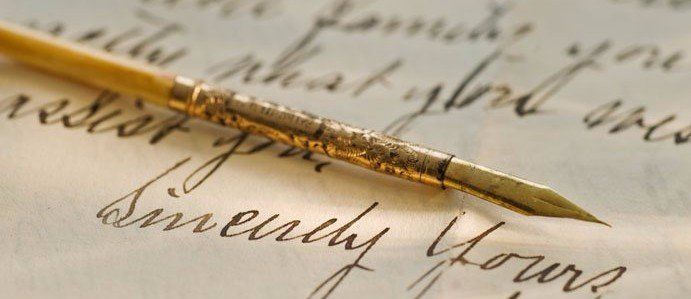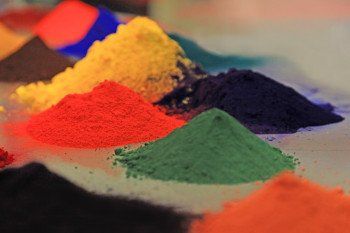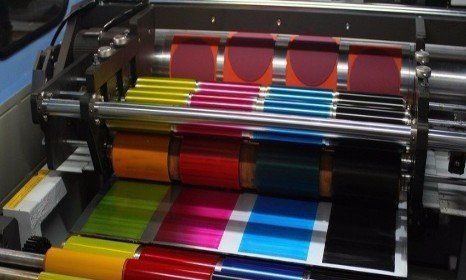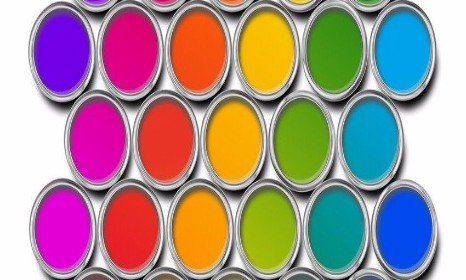Four Peculiar Historical Uses for Ink
- By Stephen Taylor
- •
- 14 Nov, 2017
- •

Nowadays, we see ink used for various purposes virtually constantly, whether it's a billboard advertising a company's latest products or a signpost detailing an upcoming hazard. However, historically, ink was used for some bizarre reasons, from poets instructing wives how to be unfaithful to their husbands to secret letters written by prisoners trying to overthrow their rulers.
Here at Centre Colours, we provide advanced ink solutions to the paint and coating industries in Leeds and the UK, and some of our most advanced products include pigment dispersions, bespoke blend scheme inks and litho concentrates. We have a broad range of off-the-shelf solutions available, or we can develop a bespoke product to your particular specifications.
Naturally, given our position in the industry, we have a vested interest in the extensive selection of uses for ink, both historically and in the modern world, and we're confident that you probably don't know some of the interesting – and somewhat strange – facts that we've detailed below.
Lesser Known Facts about Ink
Here’s our countdown of what we feel are some of the most peculiar historical uses for ink, starting with a story about a not so romantic Roman poet:
1. Ovid's Advice
Ovid was a Roman poet who had a reputation for being a ladies' man, but the women he had affairs with were often already married. Ovid decided to help his lovers hide their secret from their husbands by teaching them how to write messages that would never be unearthed by those who didn't know what to look for. He instructed his already married lovers to use fresh milk to write secret messages that could then be read by adding powdered charcoal.
2. Mary's Downfall
Mary, the Queen of Scots, was placed under house arrest for 18 years by Queen Elizabeth I, but that didn't stop her from attempting to break free of her shackles by organising a coup. Mary often used alum – hydrated potassium aluminium sulphate – to write messages that could only be seen by dipping the paper in water. The letters were purposed to encourage Catholic supporters to rebel against Elizabeth, but her plot was foiled when Lord Washington, Elizabeth's spymaster, set up a trap to catch her.
3. Explosive Ink
Thanks to the growing interest in popular science during the 18th century, France and England set about making invisible ink into a form of entertainment. Unfortunately for Jean-Jacques Rousseau, experimenting with a sympathetic ink containing arsenic sulphide led to an explosion that almost killed him.
4. The Lemon Juice Spies
During WWI, German spies operating in England used citrus as ink to try and hide their communications. Unfortunately for the spies, the British realised what was going on and caught several of the spies with lemons on their person. They were executed in the Tower of London in 1915.
Want to Know More about the Most Modern Ink Applications?
At Centre Colours, we find the historical uses for ink fascinating, but not nearly as interesting as the plethora of uses we have for ink today. If you'd like to learn more about the applications for conductive inks, graphene inks or pigment dispersions, or if you'd like to place an order, don't hesitate to contact us on 01977 685 458. One of our friendly professionals, located at Bypass Park Estate, Leeds, LS25 6EP, will be delighted to take your call.










